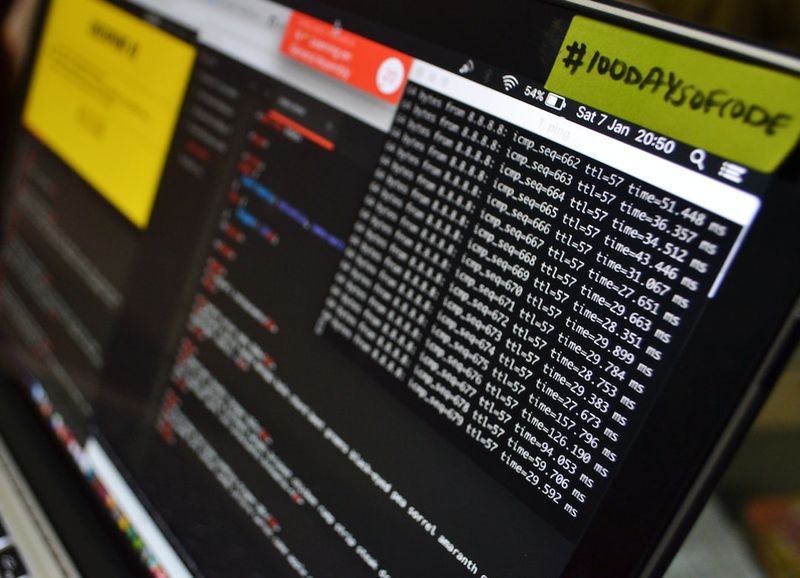Report: Defending Against Credential Phishing
Introduction
In an increasingly digital world, businesses and individuals face a growing threat from cybercriminals. One such method employed by these malicious actors is credential phishing, a tactic used to steal sensitive information through deceptive means. This report aims to explore strategies for defending against credential phishing attacks, specifically focusing on the role of employees in safeguarding businesses against this threat.
The Threat of Credential Phishing
Credential phishing, also known as password phishing, is a form of cyber attack where individuals are tricked into revealing their login credentials, typically by impersonating a trusted entity or service. By luring unsuspecting victims into visiting fraudulent websites or opening malicious emails, cybercriminals aim to obtain sensitive information such as usernames, passwords, and financial data. These stolen credentials can then be used to gain unauthorized access to personal or organizational accounts, facilitating identity theft, fraud, and other malicious activities.
The Rise of Credential Phishing
The prevalence of credential phishing attacks has soared in recent years. The rise is attributed to several factors, including the growing sophistication of cybercriminal tactics and the increasing reliance on digital platforms. Moreover, the COVID-19 pandemic has further turbocharged the threat landscape, as cybercriminals exploit the chaos and confusion caused by the crisis to carry out their attacks.
Targeting Organizations and Local Communities
Credential phishing attacks are not limited to individuals. Local organizations, businesses, and even entire communities are at risk. With the rapid digitalization of various services, businesses heavily rely on online platforms and cloud-based solutions. However, this increased reliance also exposes them to greater cybersecurity risks. In particular, organizations in Hong Kong have a higher vulnerability due to the ongoing geopolitical tensions in the region.
Defending Against Credential Phishing
1. Educate and Raise Awareness
One of the most effective strategies for defending against credential phishing attacks is education and awareness training. By educating employees about the tactics employed by cybercriminals and the potential consequences of falling victim to phishing attempts, individuals can become more vigilant and cautious in their online interactions. Regular training sessions and simulated phishing exercises can help reinforce this knowledge.
2. Implement Multi-Factor Authentication (MFA)
Multi-Factor Authentication (MFA) adds an additional layer of security to login processes by requiring users to provide multiple forms of identification. By introducing MFA, businesses can significantly reduce the risk of successful credential phishing attacks. Even if an attacker manages to obtain the username and password, they would still require an additional factor, such as a unique code sent to a registered mobile device, to gain access.
3. Utilize Robust Email Security Measures
Email remains one of the primary attack vectors for credential phishing. To mitigate this risk, organizations should implement robust email security measures. These can include advanced spam filters, content inspection, and scanning for malicious attachments or links. Additionally, user-friendly email security tools that flag suspicious emails or warn about potentially harmful links can further reinforce the defense against credential phishing attempts.
4. Implement Security Awareness Programs
In addition to educating employees about credential phishing, organizations should develop comprehensive security awareness programs. These programs should address broader cybersecurity issues, including malware protection, data privacy, and safe browsing practices. By fostering a culture of security-consciousness, businesses can minimize the risks associated with not just credential phishing but also other cyber threats.
Editorial: The Role of Governments and Internet Platforms
Internet Security and Surveillance
The fight against credential phishing cannot rely solely on the efforts of individual organizations and citizens. Governments and internet platforms have a crucial role to play in enhancing cybersecurity measures. Governments must invest in robust cybersecurity infrastructure and legislation to ensure online safety. Additionally, internet platforms should proactively detect and remove phishing websites, deploy artificial intelligence (AI) algorithms to identify malicious emails, and enhance encryption technologies to protect sensitive information.
Policies and International Cooperation
International cooperation is paramount in combating credential phishing attacks. Governments and organizations must collaborate to share threat intelligence and develop common policies to address cybersecurity challenges. Strategic partnerships between the public and private sectors should be cultivated to establish a united front against cybercriminals. Furthermore, platforms such as WordPress, which are widely used by individuals and organizations, should proactively support users by implementing security measures and providing timely security updates.
Conclusion: Taking a Stand Against Credential Phishing
The threat of credential phishing is real and growing. Businesses, organizations, and individuals must remain vigilant and take proactive measures to defend against these attacks. Through education, technological safeguards, and international cooperation, we can collectively combat this menace. By implementing the recommended strategies and fostering a security-conscious culture, businesses can better protect themselves from cybercriminals and safeguard their sensitive information. The fight against credential phishing requires a united effort, as everyone has a stake in securing the digital landscape.

<< photo by Maximalfocus >>
The image is for illustrative purposes only and does not depict the actual situation.
You might want to read !
- The ‘Carderbee’ APT: Unveiling a Supply Chain Attack on Chinese Security Software
- Cerby Raises $17 Million to Unlock Access Management for Nonstandard Applications
- Mastering SaaS Cybersecurity: CISOs’ Boasts vs. Reality
- CISA Sheds Light on Ongoing Adobe ColdFusion Vulnerability Exploitation
- The Rise of a Sophisticated Cyber Threat: Unveiling the Hong Kong Supply Chain Cyberattack Takedown




